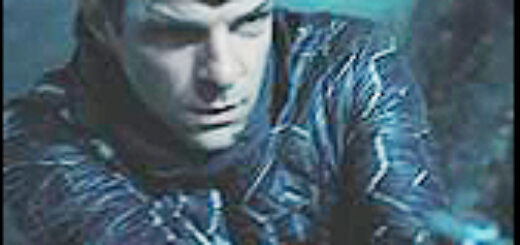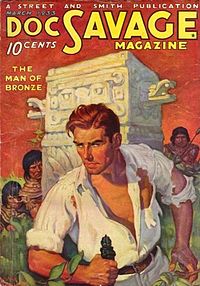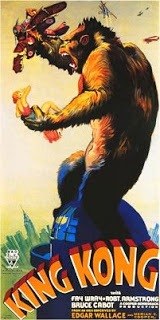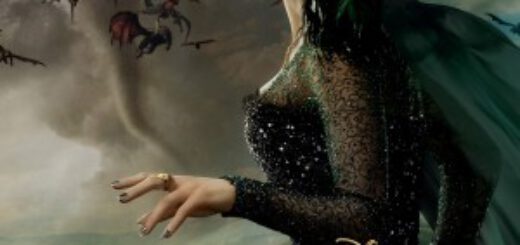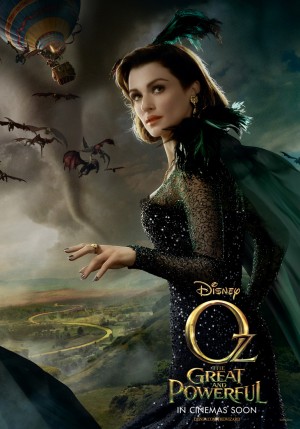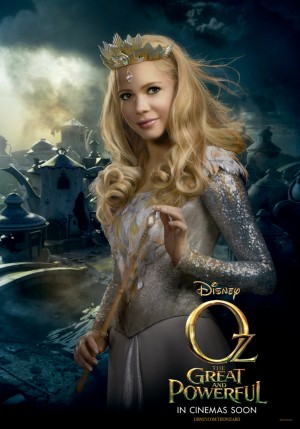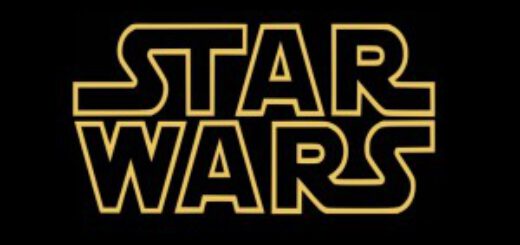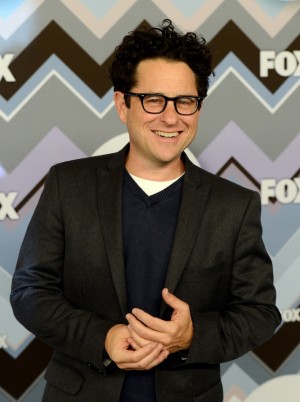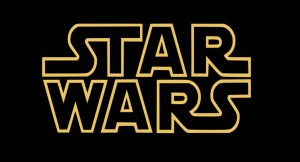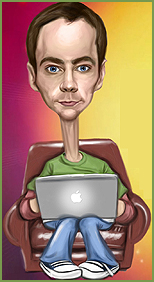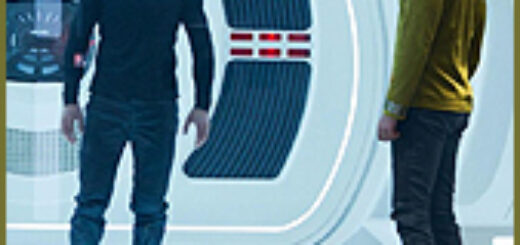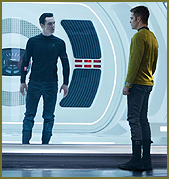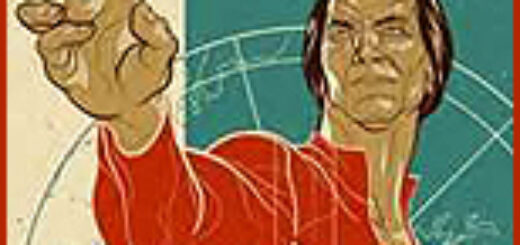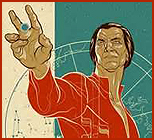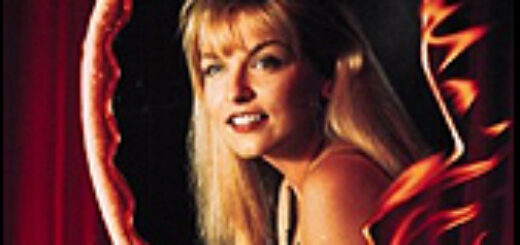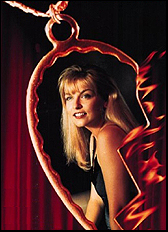John Ostrander: Boldly Go
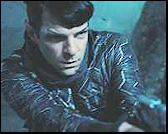 Like every other geek, I’ve seen the trailers for the next Star Trek movie, Star Trek Into Darkness. I even saw the extended preview when Mary and I went to see The Hobbit. I’ve seen J.J. Abrams relaunch of the Star Trek franchise and really enjoyed it. I’m a long time Star Trek fan although not to the degree many others are. For example, I have a nephew who groused that if he wanted to see Star WARS he would have watched Star Wars. And, of course, in about two years, he’ll be able to see J.J. Abrams actually directing a Star Wars film.
Like every other geek, I’ve seen the trailers for the next Star Trek movie, Star Trek Into Darkness. I even saw the extended preview when Mary and I went to see The Hobbit. I’ve seen J.J. Abrams relaunch of the Star Trek franchise and really enjoyed it. I’m a long time Star Trek fan although not to the degree many others are. For example, I have a nephew who groused that if he wanted to see Star WARS he would have watched Star Wars. And, of course, in about two years, he’ll be able to see J.J. Abrams actually directing a Star Wars film.
I’ve also read all the speculation about who the villain, played by Benedict Cumberbatch (memorably Sherlock Holmes in Stephen Moffat’s TV version), will be. The top contender is that he is a new version of Khan Noonien Singh played by Ricardo Montalbán in Star Trek II: The Wrath of Khan. That’s the movie that saved the Star Trek franchise after Star Trek: The Motionless Picture nearly ended it. Recently, Entertainment Weekly added to the fan frenzy by seeming to “leak” that Cumberbatch’s character is, indeed, Khan. Even that is disputed; Abrams has this thing about secrecy and is known to disseminate misinformation, leading the fans in one direction while he does something else.
The thing is – I hope it is misinformation. I don’t want or need a remake of ST:TWoK. Been there, saw that, thank you. I liked the first version just fine. Still works, as far as I’m concerned.
What I want is something new. The opening incantation of the original Star Trek series went as follows:
Space: the final frontier. These are the voyages of the starship Enterprise. Its five-year mission: to explore strange new worlds, to seek out new life and new civilizations, to boldly go where no man has gone before.
Strange new worlds. New life. New civilizations. To boldly go where no man (now no one) has gone before. Key operative words: New. Boldly. That’s what I’m looking for from Star Trek. Not a rehash. Not a remake. Not another re-imagining. Something new. Abrams’ first Star Trek movie did a fine job, so far as I’m concerned, of re-inventing and re-imagining the characters and the franchise. It’s an alternate timeline where things may not be as they once were. That made it fresh and exciting for me. They destroyed Vulcan. Uhura and Spock have a romantic relationship. They need to boldly go with things like that.
Other things in the trailers that I saw also bothered me. The most recent one had a shot of the Enterprise holed, smoking and (apparently) starting to crash. Been there, seen that. The franchise has blown up so many versions of the Enterprise over the years that it has no more shock value. One of the pleasures of the last film was a spanking new original Enterprise. The shock value at this point would be if it survives.
Another shot seems to replicate the famous climax of ST:TWoK. Spock has sacrificed himself for the ship and the crew; he is dying. He and Kirk both have their hands up to the transparent barrier that separates them, a gesture that defines their friendship and creates a real moment of pathos. Spock dies. He is brought back in the next film and restored to himself in the film after that but I don’t see how that will be possible in this version. Again, been there, seen that.
I may be falling for J.J. Abrams’ misdirection and I hope I am. I think there’s a better than even chance of it. What I want is for him to give me something new. No retreads, please. Boldly go where no fan has gone before, Mr. Abrams. Live long and… ah, you know.
MONDAY: Mindy Newell

